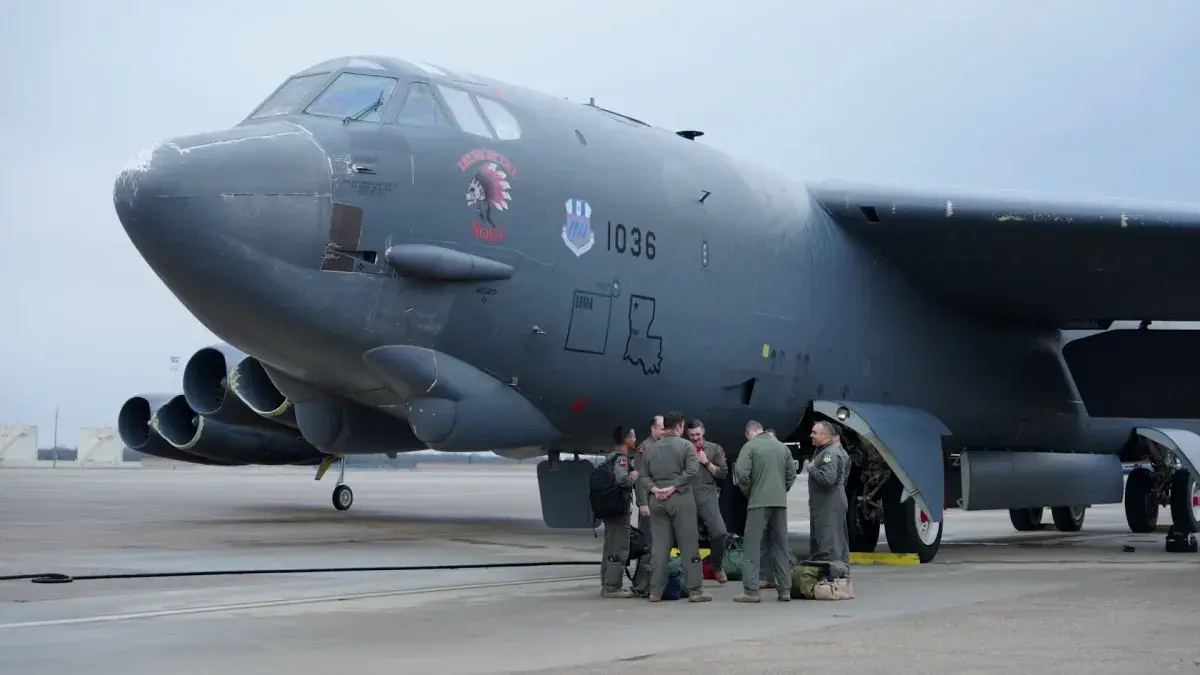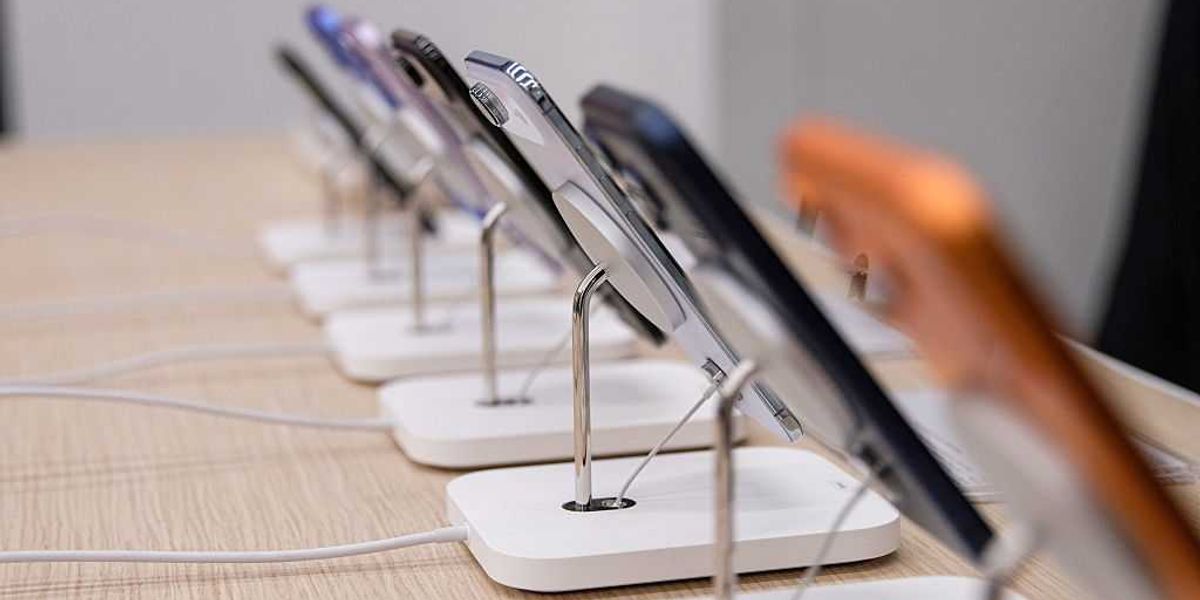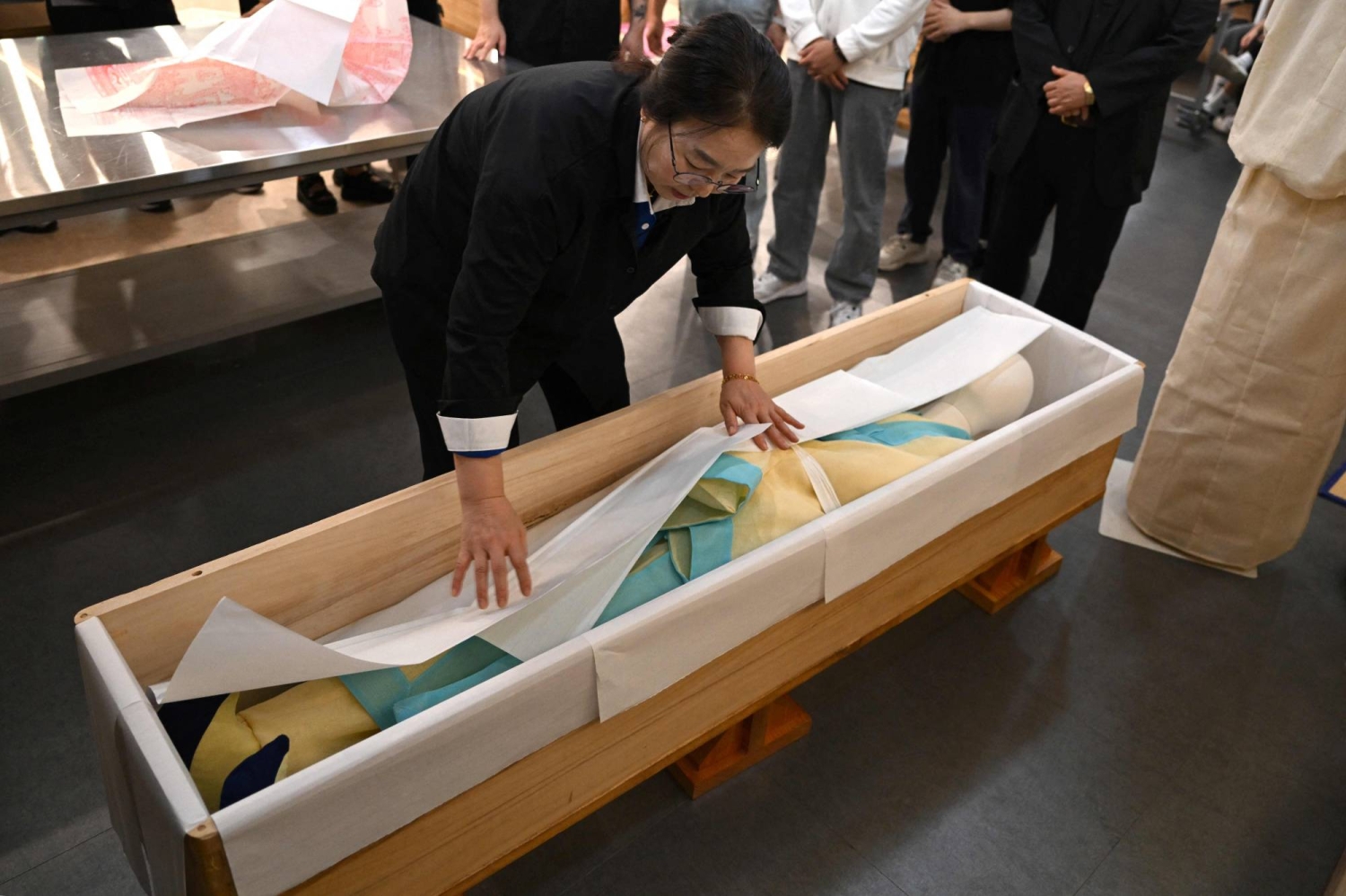Copyright Newsweek

My journey to complete the nuclear triad took me aboard both a B-52 and a B-2 stealth bomber, down into a Minuteman intercontinental ballistic missile silo and deep beneath the waves on a ballistic missile submarine. The nuclear triad, made up of land-based intercontinental ballistic missiles, submarine-launched ballistic missiles and nuclear-capable bombers, is the backbone of America’s strategic deterrent. It ensures that no adversary could ever eliminate the nation’s ability to respond to a nuclear strike. Communicating that readiness is what makes deterrence credible. It is the paradox at the heart of nuclear stability: To keep the world safe, we must be willing to use the most dangerous weapons ever built. That readiness is rooted not just in technology, but in the people who stand ready to use it—it is the core of deterrence. Across all three legs of the triad, I found that America’s nuclear weapons are not silent instruments waiting for the world’s worst day; they are used every day through quiet, constant deterrence that signals to adversaries like Russia and China that any strike against the United States would fail before it began. Though much of the triad remains classified, what is clear is the extraordinary competence and discipline of the young men and women who operate it, and conveying that commitment is every bit as important as advancing our technology. Another striking commonality across all three legs of the triad is the contrast between the youth of the people who operate these systems and the age of the machines themselves. The planes they fly, the submarines they sail and the missiles they monitor are, by any measure, old. Take the B-2 stealth bomber, for example. Its sleek, delta-wing design still looks futuristic, yet it first flew more than 30 years ago, before GPS was even operational. Climbing into its flight deck, I was struck by how the cockpit, though spacious, felt less modern than that of most current commercial airliners. The B-52 and the Minuteman III are even older, born in the early years of the Cold War. Even the Ohio-class submarine I embarked on was commissioned in the early 1980s. While each of these systems has been continuously updated and remains lethal, they are legacies of another era, proof that deterrence is sustained not just by technology but by the people who keep it relevant, reliable and ready. Today, that deterrence mission is being tested as never before. Just before his high-stakes meeting with Chinese President Xi Jinping, President Donald Trump announced he was instructing the Pentagon to start testing nuclear weapons “on an equal basis” as Russia and China, and that the process would begin immediately. “They seem to all be nuclear testing,” Trump told reporters aboard Air Force One. “We don’t do testing, we halted it years ago. But with others doing testing, it’s appropriate that we do also.” Meanwhile, another player is rapidly transforming the nuclear landscape: China. In recent years, Beijing has undertaken a sweeping expansion of its nuclear forces, building new missile silos and developing advanced submarine-launched ballistic missiles. The Federation of American Scientists estimates China now has about 500 warheads, roughly 440 of them deliverable by land, sea, or air, and could exceed 1,000 by the early 2030s. Unlike the United States or Russia, which have operated under arms control treaties for decades, China faces no such limits, signaling a new era defined not by two superpowers but by three nuclear peers. That reality makes America’s triad more relevant now than at any point since the Cold War. It is the only structure that can credibly deter both Russia and China simultaneously. The submarine leg ensures survivability, the land-based missiles provide immediate response and the bombers offer visible, flexible deterrence. Together, they form a strategic backbone that must remain unshakable even as technology, geopolitics and leadership change. Yet after seeing the triad up close, I came away believing that its most vital component is not the missile or the machine, but the person. The quiet professionalism of the crew standing watch beneath the Great Plains, the sailors navigating unseen through dark oceans and the pilots readying aircraft older than their parents are the heart of America’s deterrence. Their competence and steadiness, not headlines or rhetoric, are what keeps nuclear war unthinkable. Deterrence is a game we must play without pause, a contest fought in silence and shadows. There is no victory, only vigilance, because in this game we can never truly win, but we can never afford to lose. Naveed Jamali is the first and only journalist to document all three legs of the U.S. nuclear triad. He is a Navy veteran and former member of the U.S. intelligence community, and the host of Newsweek’s Unconventional. The views expressed in this article are the writer's own.



